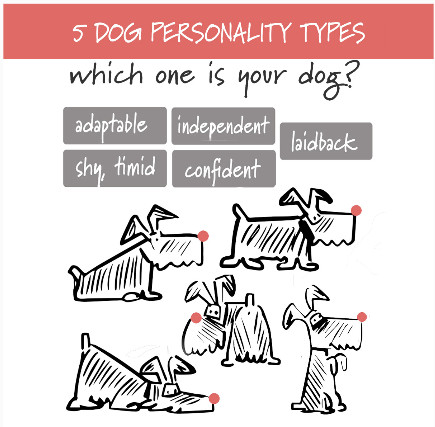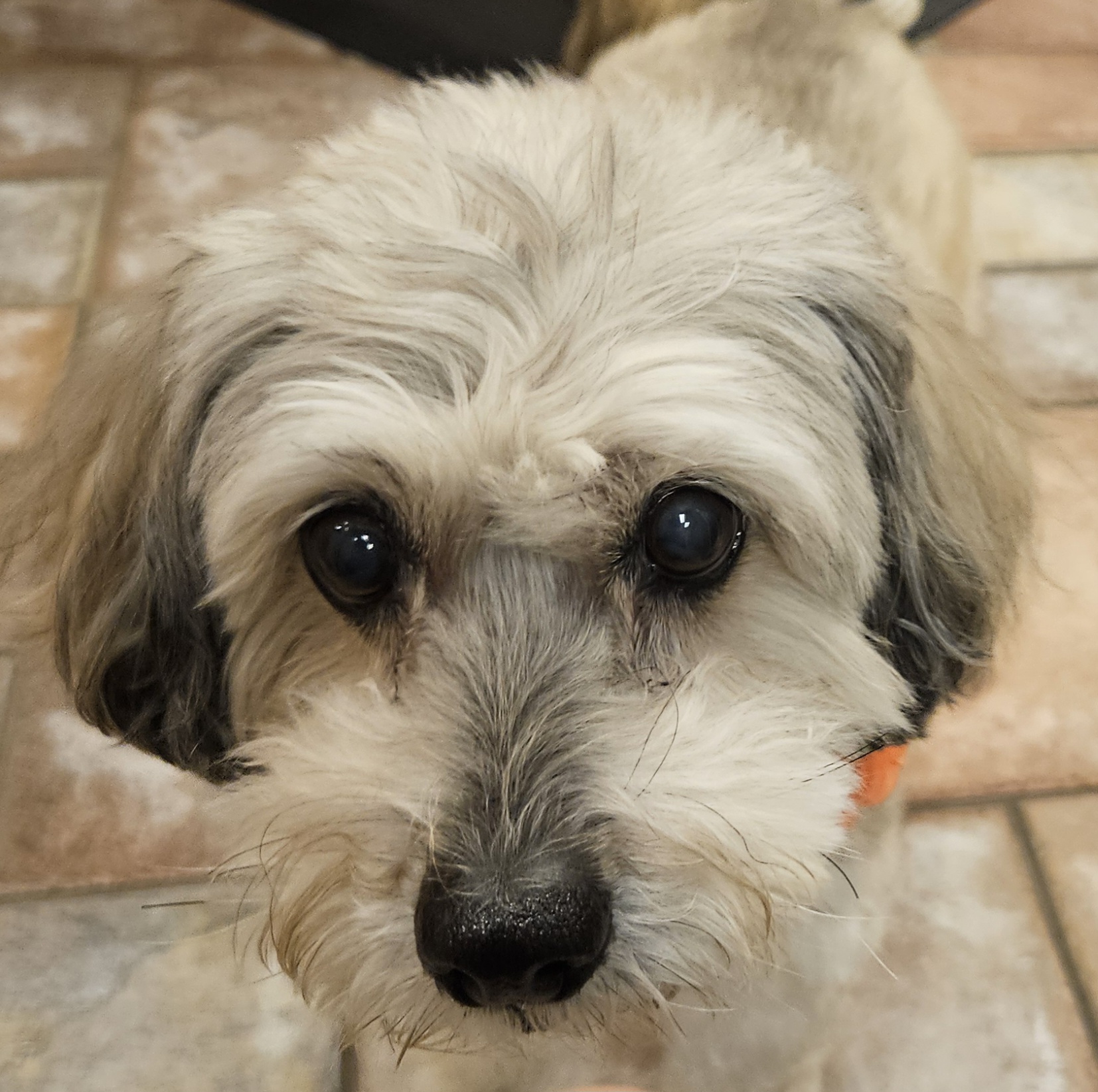Harmony Animal Hospital's Blog
How to Host a Pet-Friendly Holiday Party
Planning a festive get-together this holiday season? Make sure it’s fun and safe for your furry family members! Our house dog, Molly, shares her favorite tips for hosting a pet-friendly holiday party — from safe decorations and treats to helping pets stay calm when guests arrive.
by Molly, Chief Happiness Officer at Harmony Animal Hospital
The holidays are my favorite time of year — so many friends, treats, and sparkly things! But as much as I love the festivities, my fellow pets and I can get a little overwhelmed (and occasionally into mischief). Here’s how to make sure your Christmas or holiday party is merry, bright, and pet-safe.
Deck the Halls — Carefully
Tinsel may look magical, but it’s a magnet for curious cats (and dangerous if swallowed). Skip it — or keep it high and out of reach. The same goes for ornaments, lights, and candles. I once wagged my tail into a candle… once.
If you love holiday greenery, choose pet-safe options — skip mistletoe, poinsettias, and holly, which can be toxic to dogs and cats.
Mind the Menu
Party food smells amazing, but not everything is meant for paws and whiskers. Keep guests from sneaking table scraps by setting out a few Harmony-approved snacks for furry friends:
- Baby carrots or green beans for dogs
- Catnip treats or tuna flakes for cats
- A frozen Kong with peanut butter (xylitol-free!) keeps dogs happy and busy
Avoid chocolate, onions, garlic, grapes, raisins, bones, and alcohol — all on the naughty list for pets.
Create a “Chill Zone”
All the noise and excitement can be stressful. Before guests arrive, set up a quiet room with comfy bedding, water, and soft music for pets who’d rather snooze than socialize. Even the friendliest pups sometimes need a break from the action (and the ugly sweaters).
Greet Guests Gracefully
Ask friends to watch doors and gates as they come and go — even well-trained pets can bolt when things get busy. A “Please don’t let me dash out!” sign by the door can help.
If your pet is nervous around crowds, let them meet new people slowly or keep them safely tucked away.
Give the Gift of Safety
If you exchange gifts for pets, skip ribbons and bows that can be swallowed. Opt for durable toys, chew-safe bones, or cozy blankets instead.
Bonus idea: Donate a toy or treat to a local rescue in your pet’s name. That’s my favorite kind of holiday spirit.
End Your Pet-Friendly Holiday Party with Cuddles
When the last guest leaves and the floor is glitter-free again, take a few minutes to snuggle your pets and thank them for being the best companions all year long. (Maybe share a leftover bite of turkey if it’s safe.)
From all of us at Harmony Animal Hospital — wishing you, your family, and your furry loved ones a joyful, safe, and tail-wagging holiday season!
Molly 🐾
Chief Happiness Officer
What’s Your Dog’s Personality Type?
May 29, 2025 by Harmony Animal Hospital

Ever wonder what makes your dog tick? Just like people, dogs have distinct personalities—and understanding your pup’s personality can help you build a stronger bond and meet their needs more effectively.
Inspired by the “5 Dog Personality Types” illustration, let’s explore the unique traits of each type and how you can best support your furry friend:
1. Adaptable
These dogs are the go-with-the-flow type. They transition easily between environments, meet new people with ease, and generally make great companions for active households or first-time dog owners.
How to support them: Keep life interesting with varied activities like car rides, new walking routes, or play dates with other dogs.
2. Independent
Often seen as “aloof,” independent dogs enjoy companionship on their own terms. They may not be the cuddliest, but they’re loyal and self-assured.
How to support them: Give them space and autonomy. Training sessions should be positive and low-pressure.
3. Laidback
The classic couch potato, laidback dogs are calm, chill, and happy to just be near you. They’re usually easy to care for but may not have the same energy levels as other pups.
How to support them: Regular, gentle exercise and lots of snuggles go a long way. Watch for weight gain or signs of boredom.
4. Shy/Timid
Sensitive and cautious, these dogs need time to feel secure. They may be wary of strangers or new situations.
How to support them: Patience is key. Create safe spaces at home and build confidence with positive reinforcement training.
5. Confident
Outgoing and fearless, confident dogs love being the center of attention. They’re curious, social, and often natural leaders in dog groups.
How to support them: Keep their minds busy with puzzle toys, training, and plenty of socialization. Just be mindful not to let confidence slide into pushiness.
Why Personality Matters
Knowing your dog’s personality type helps you make better choices—from training styles and toys to ideal social settings and even vet visits. It can also improve communication between you and your dog, making your relationship more fulfilling.



